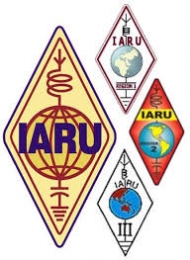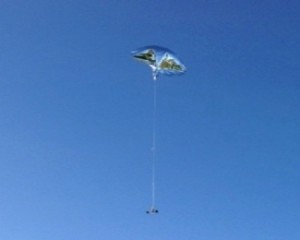 Via ARVic, original post here.
Via ARVic, original post here.
The new technology of unmanned aerial vehicles, or drones, which often carry cameras are coming down in price spurring their popularity, as administrations try to grapple with their use.
In the United States the portable or fixed DroneDefender has emerged claiming to attack the radio signals used by common drones.
Battelle Memorial Institute of Columbus, Ohio, a private non-profit applied science and technology development company, has a point-and-shoot device. The device is like a shoulder-mounted shotgun, but instead of pellets it fires radio signals.
Battelle said in a news release that DroneDefender can emit radio control frequency disruption, to “safely stop drones in the air, before they can pose a threat to military or civilian safety.”
Battelle said it could help protect from drone attack – with likely scenarios being from the White House lawn, military bases, embassies, prisons, schools and historic sites. In field trials it disrupted unmanned aerial vehicles over sensitive areas.
Cheap drones are expected to be high on some Christmas stocking lists and may be affected. However, the disruption to more sophisticated models with frequency hopping and other anti-interference measures.
In a video Battelle describes its device as operating on standard Global Position System (GPS) and the Industrial, Scientific and Medical (ISM) bands, with such use interfering with drones.
DroneDefender could bring down drones 400 metres away. Drones suffering radio interference can go into a ‘safety mode’ either hoovering, returning to its point of departure, or landing.
The legality of the DroneDefender is being looked at by administrations around the world, including the purported intention of being a radio jammer. Of concern could be other ISM band users, and ubiquitous GPS that controls movement and location of law enforcement, emergency service vehicles, taxis and others.
Watch the video here:
https://www.youtube.com/watch?v=zX4XXLb_Vuw

 Via
Via  Via
Via  Via
Via 